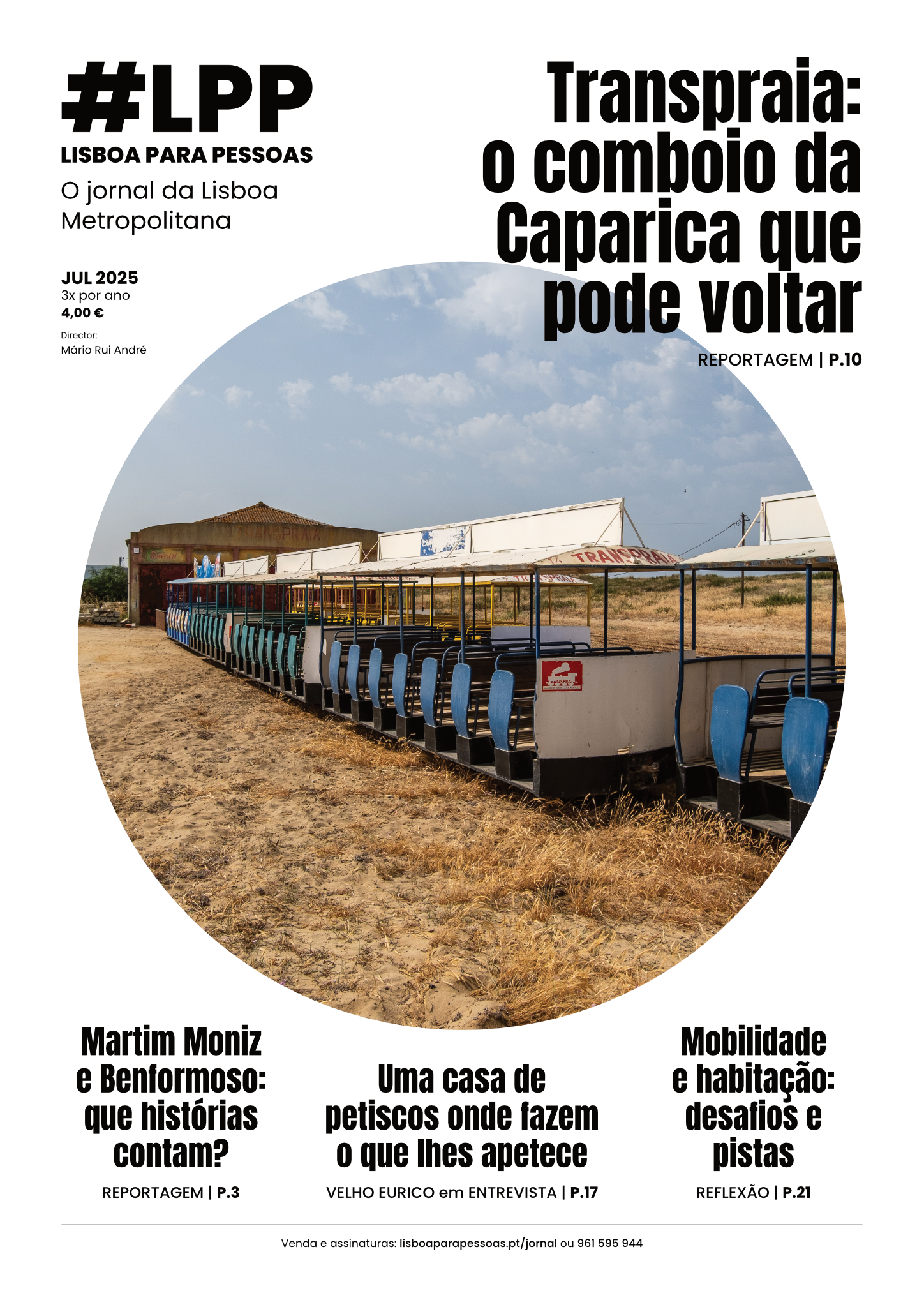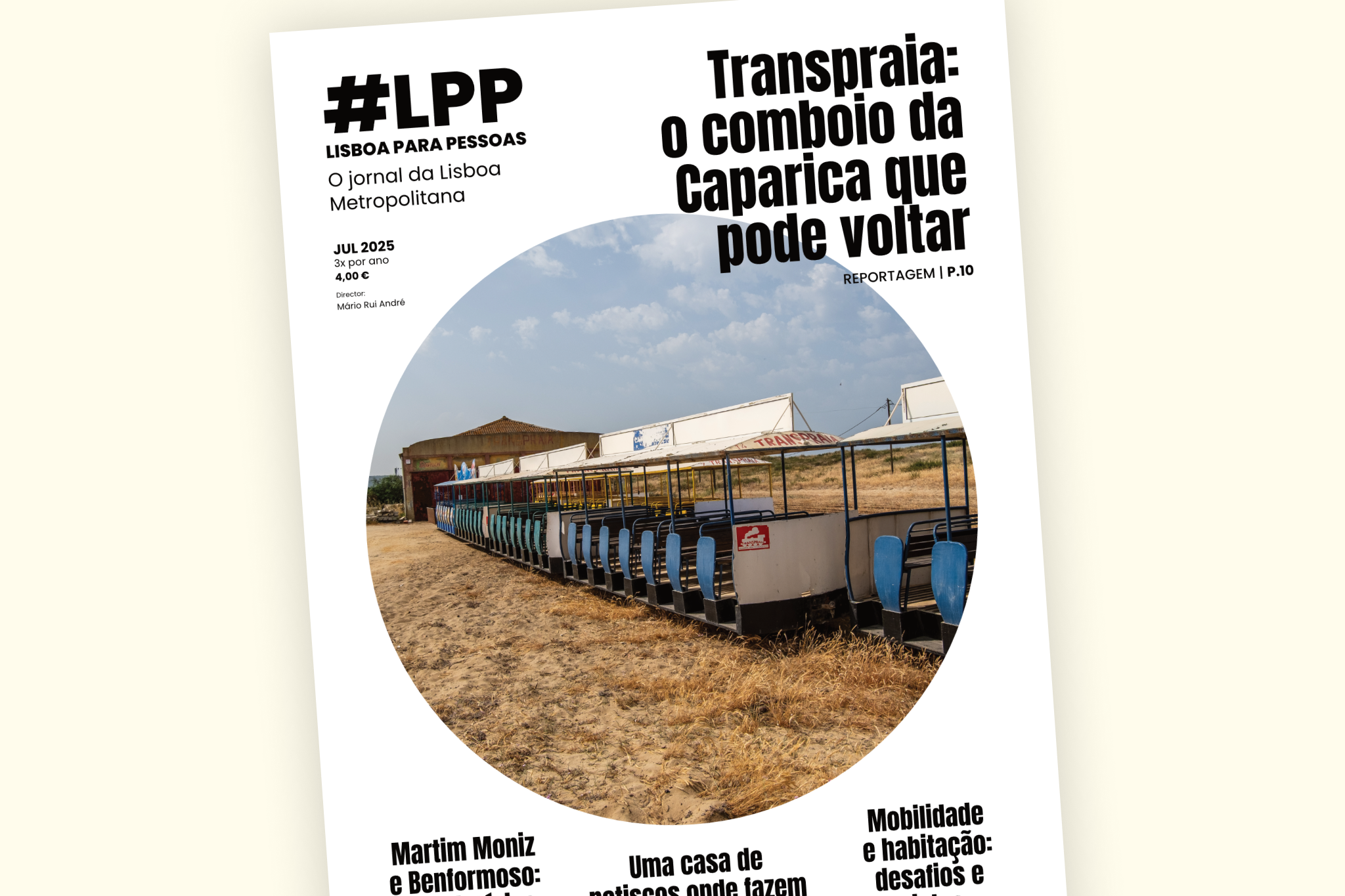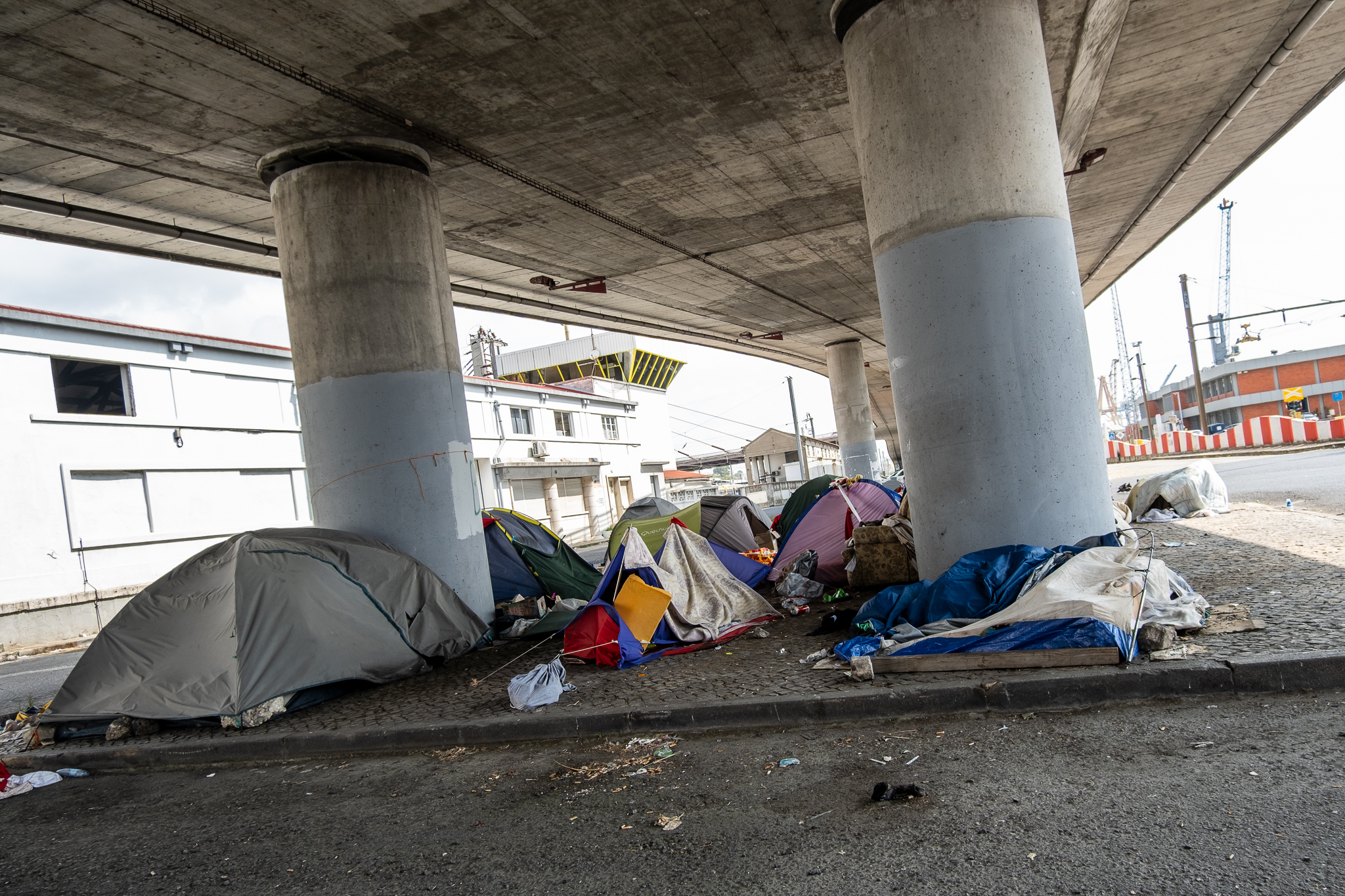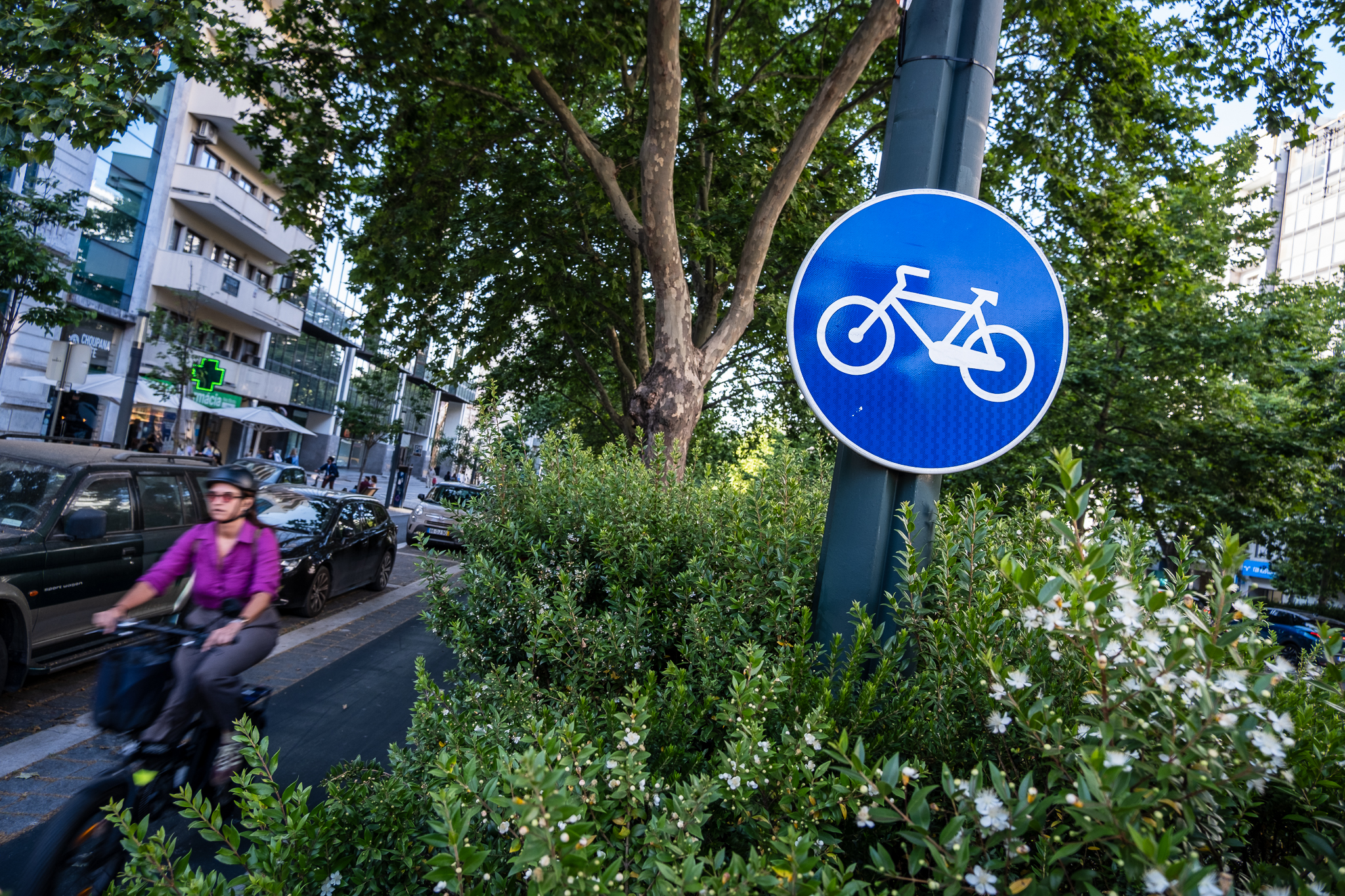The first experience of Zone 30 in Lisbon was carried out between 2009 and 2011 in Bairro Azul, near El Corte Inglés. The opportunity arose with the extension of the Lisbon Metro; streets in that neighborhood were redesigned to remove through-traffic, create new seating areas, regulate abusive parking and increase the pedestrian area. This experience is detailed in this scientific paper, co-authored by the then councillor for mobility of the Lisbon City Council and researcher at Técnico, Fernando Nunes da Silva.
Other Zones 30 in the city followed, namely in Bairro do Charquinho, in Benfica, and Bairro das Estacas, in Alvalade. In the above-mentioned article, Fernando Nunes da Silva, who was a councillor with António Costa in the Lisbon City Council, argues that:
The implementation of traffic calming projects in residential areas, namely through the implementation of the "Zone 30" concept, aims not only to improve the safety conditions for pedestrians and bicycles in these neighborhoods and to order the parking of residents (also increasing the number of spaces available for this purpose), but also to enhance the conditions of qualification of the public space and its use by the population. There is also another objective which, in view of the statistics on road accidents (where the number of accidents in urban areas has not decreased with the same intensity as on the country's roads) should not be minimized. It is a question of creating the objective conditions for car traffic to be more attentive and respectful of pedestrians, thus inducing a new type of behavior in motorists. Promoting a way of driving that is more respectful of people and the environment will make an important contribution to reducing these accidents and to learning how to drive in urban areas.
The municipality's understanding of Zones 30 is not very different today. The City Council has been combining this concept with the promotion of cycling as a means of transport (through the 30+bici concept, which also implies painting a green stripe on the road), betting on segregated cycle paths that connect neighborhoods and calming road traffic within neighborhoods, in order to allow the coexistence of different modes of transport.
According to the municipality's websiteThe strategy for Zones 30 is to implement them in residential areas, areas with high commercial activity and near schools. In these zones, traffic speeds are reduced to 30 km/h, a threshold which, theorists say, reduces the occurrence and severity of road accidents.
Alvalade has been one of the parishes where more 30/30+bike zones have been implemented recently. In three acts, we take a tour of an Alvalade and some of its streets that have become or are becoming safer and more inclusive:
1 - when the car asks for parking and the pedestrian even wins.
Illegal parking on the sidewalk, very common in Alvalade, can lead to the cutting of regulated spaces in these places. At the end of the day, the pedestrian can also win, because with organized parking he can have his way free. This is what happened on Rua Afonso Lopes Vieira and what is happening on Rua Silva e Albuquerque.
At Rua Afonso Lopes VieiraIn the area around Avenida do Brasil, pedestrians now have an unobstructed circulation channel, with no cars parked transversely on the sidewalk. Four longitudinal parking spaces and one for loading and unloading have been cut out, which do not interfere with pedestrian movement and the crosswalk.
Now, Rua Silva e AlbuquerqueThe sidewalk near INATEL will be free for pedestrians after the ongoing works to reorganize parking in that area. This sidewalk that we show in the photo was constantly and illegally occupied by cars, an obstacle to pedestrians; with the cutting and legalization of these places, it will be possible to reconcile two needs: car parking and pedestrian circulation.
2 - when space is taken away from cars to increase safety for all
A Alberto de Oliveira Streetwhere the beautiful Coruchéus LibraryThe street is being transformed into a 30+bici street, i.e. a calm artery where pedestrians, bicycles and other vehicles can coexist safely. The work includes reducing the radius of curvature at the access to the street, forcing the car to slow down and simultaneously preventing a possible stop at the crosswalk. Next to the library and its garden, the cross-sectional car parking was redesigned to be done longitudinally, thus allowing a substantial increase in the pedestrian area.
3 - when you trade asphalt for trees
A series of interventions around Alvalade Market and Avenida da Igreja have created a large Zone 30, with several calming measures. Although the track width has not been reduced at various points to prevent 2nd queue stops, several changes have been made which are worth highlighting, including:
- the over-elevation of the road at the entrance to Rua Luís Augusto Palmeirim to force vehicles coming from Avenida de Roma to slow down and pay attention to the pedestrian crossing;
- reducing the curvature radii of streets at intersections by planting trees to create more overhang and add some greenery to the area;
- the creation of islands and their use for planting trees that convey the perception of reduced road width to motorists;
- the installation of bicycle parking in the areas before the crosswalks in order to take advantage of that space, where the parking of a car would take away from the visibility of drivers of the crosswalk and pedestrians crossing it.














